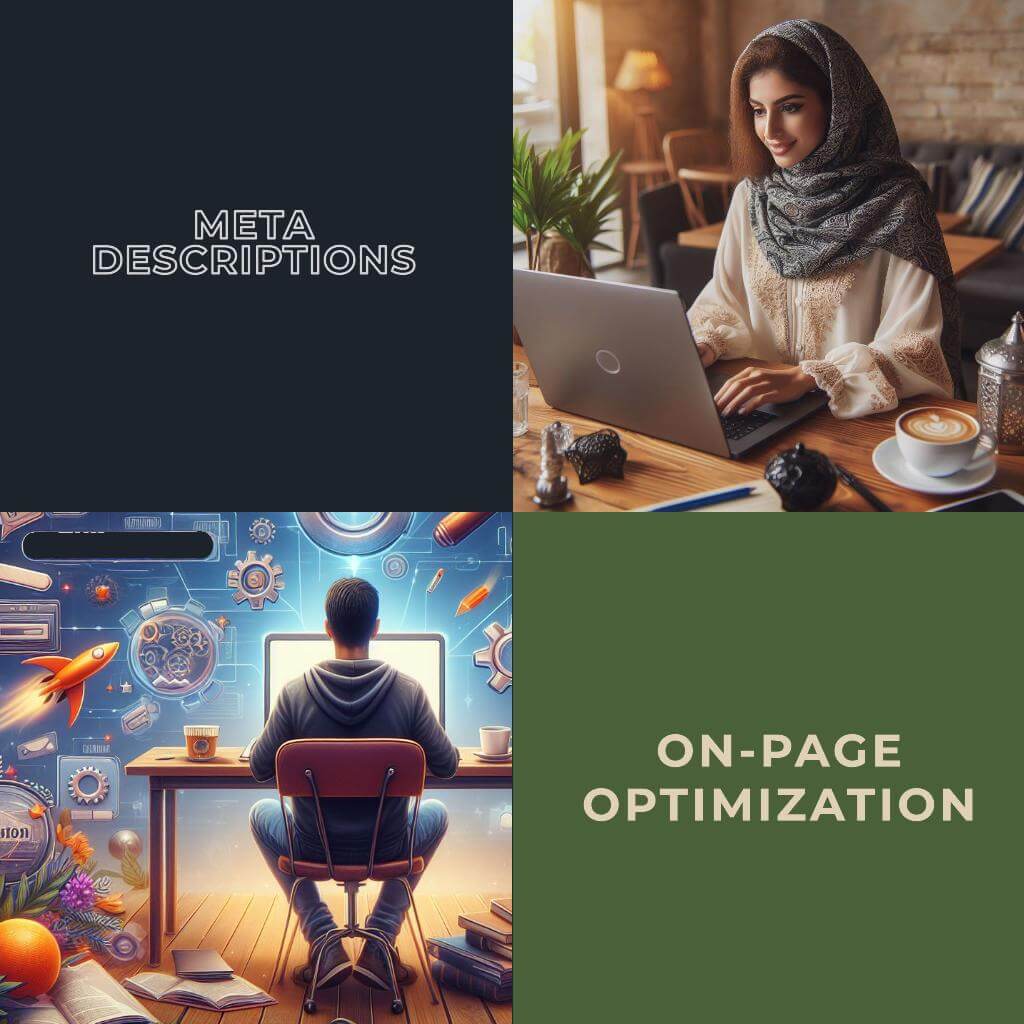On-page optimization plays a crucial role in improving a website’s search engine visibility. By focusing on specific elements within your web pages, you can enhance your chances of ranking higher in search engine results pages (SERPs). Let’s delve into the key components of on-page optimization:
1. Title Tags
Title tags are like the book covers of your web pages. They appear as clickable headlines in search results. Here’s how to optimize them:
- Unique and Descriptive: Craft a unique title for each page that accurately reflects its content.
- Keyword Placement: Include relevant keywords near the beginning of the title.
- Length: Keep it concise (around 60 characters) to ensure it displays fully in search results.
- User-Friendly: Make it compelling and click-worthy to encourage users to click through.
Example of a well-optimized title tag:
<title>Best SEO Practices: Boost Your Website's Visibility | YourBrand</title>
2. Meta Descriptions
Meta descriptions provide a brief summary of your page’s content. While they don’t directly impact rankings, they influence click-through rates. Optimize meta descriptions as follows:
- Relevance: Summarize the page’s content accurately.
- Keyword Inclusion: Include relevant keywords naturally.
- Engaging: Create a compelling snippet that encourages users to click.
- Length: Aim for around 150-160 characters.
Example of an effective meta description:
<meta name="description" content="Learn essential SEO practices to improve your website's visibility. Boost rankings and drive organic traffic with our expert tips.">
3. Header Tags (H1, H2, H3, etc.)
Header tags organize your content hierarchically. They help search engines understand the structure of your page. Optimize header tags as follows:
- H1 Tag: Use it for the main page title. Include relevant keywords.
- H2 and H3 Tags: Subheadings that break down content sections. Use them logically.
- Keyword Placement: Incorporate keywords where relevant.
Example of well-structured header tags:
<h1>On-Page Optimization: Master the Basics</h1>
<h2>Understanding Title Tags</h2>
<p>Your introductory paragraph...</p>
<h2>Crafting Effective Meta Descriptions</h2>
<p>Your insights on meta descriptions...</p>

